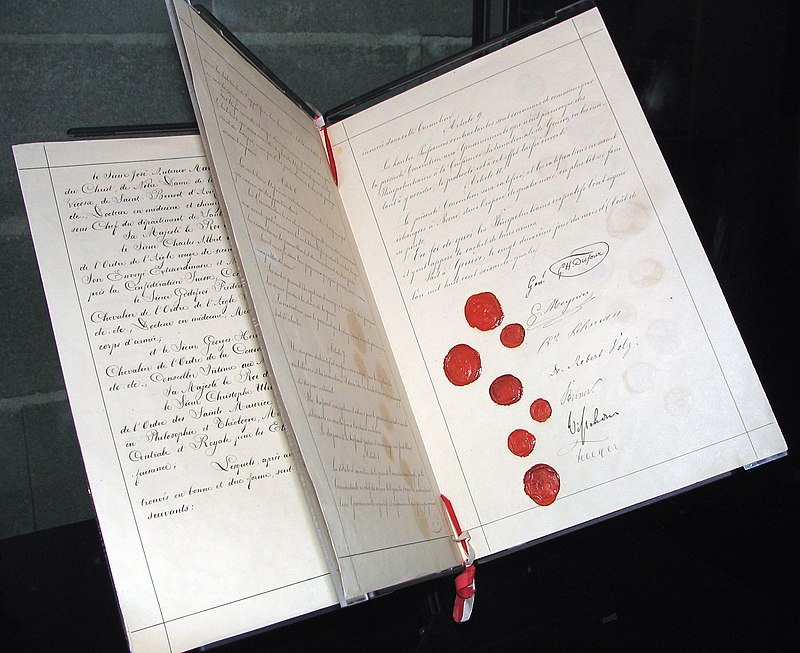Today, the Geneva Conventions stand as a testament to the horrors of war and the international community’s efforts to mitigate them. These treaties, which govern how countries conduct war, ensure the protection of medical personnel, the provision of medical care for wounded soldiers regardless of their allegiance, and the immunity of civilians from military targeting. The modern Geneva Conventions, signed in the aftermath of the Second World War, were updates to previous treaties that had been in existence for almost a century, dating back to August 22, 1864.
The middle of the nineteenth century was a tumultuous time. The American Civil War, the Crimean War, the Sardinian War, and more had embroiled a large percentage of the world in conflict. Some of these conflicts were particularly brutal. A war-weary world decided to do something about it. An international effort to make things not quite so bad for people caught up in the ravages of war began. In 1864, a meeting was called in Geneva, Switzerland, to address these concerns, marking a significant turning point in the history of international law and humanitarian efforts.
America and every European nation sent delegates to this Geneva conference, showcasing a remarkable global commitment to humanitarian efforts. The result was the first Geneva Convention, a treaty that guaranteed that all combatants were provided medical care, that civilians who were aiding the wounded were protected, that medical facilities could not be targeted in war, and more. Over the next several years, the various attendees of the conference signed the Geneva Convention, with the US signing in 1882. This treaty, born out of global collaboration, became the foundation for the international order that protects wounded soldiers and civilians on battlefields still today.

